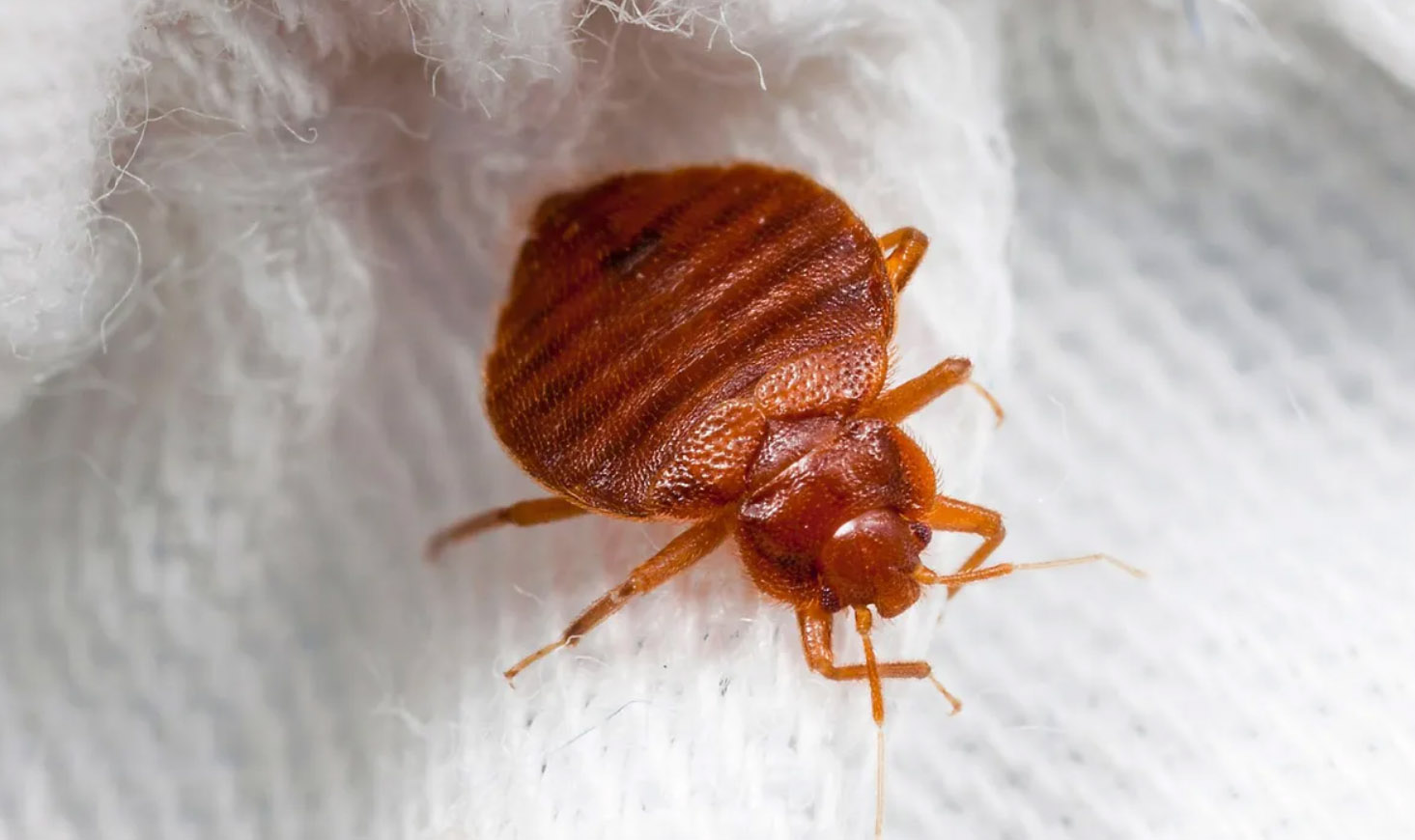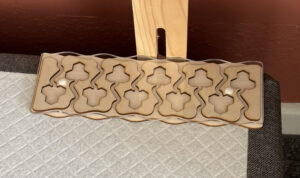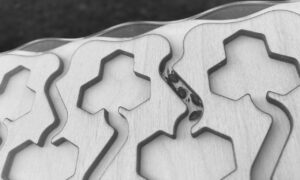
Bed bugs have become a growing concern in households around the world.
These elusive insects can infest your home without warning, causing discomfort, stress, and potential health issues.
To safeguard your living spaces and ensure a good night’s sleep, it’s crucial to implement effective bed bug prevention measures.
Understanding Bed Bugs
Before diving into prevention strategies, it’s essential to understand the enemy. Bed bugs are small, reddish-brown insects that feed on the blood of warm-blooded animals. Despite their name, these pests are not confined to beds; they can hide in cracks, crevices, and furniture throughout your home.
Bed bugs are excellent hitchhikers, often catching rides on luggage, clothing, and used furniture.
Bed Bug Monitors
While practicing preventive measures, incorporating bed bug monitors into your strategy can provide an extra layer of protection.
Bed bug monitors are devices designed to attract and trap bed bugs, allowing you to detect their presence early on. These monitors come in various forms, including passive traps and active monitors.
Passive Traps
 Passive traps are simple devices that exploit bed bugs’ natural behavior. They are placed strategically in areas prone to infestation, such as near the bed or other furniture. These traps use materials that attract bed bugs, encouraging them to enter and become trapped.
Passive traps are simple devices that exploit bed bugs’ natural behavior. They are placed strategically in areas prone to infestation, such as near the bed or other furniture. These traps use materials that attract bed bugs, encouraging them to enter and become trapped.
Regularly checking these traps allows for early detection, giving you the opportunity to address the issue before it escalates.
Active Monitors
Active monitors take prevention a step further by actively luring and trapping bed bugs. Some use heat, CO2, or other attractants to mimic a human presence, drawing bed bugs into the monitor.
Once inside, the insects are trapped, providing an effective means of monitoring and control.
Regular Cleaning and Decluttering
Maintaining a clean and clutter-free living space is a fundamental step in preventing bed bug infestations. Bed bugs thrive in cluttered environments, where they can easily find hiding spots.
Regularly vacuuming carpets, rugs, and upholstery, and keeping your living spaces tidy can help eliminate potential hiding places for bed bugs and make it easier to spot any signs of infestation.
To thoroughly clean your home, start by decluttering each room. Get rid of unnecessary items, organize your belongings, and dispose of items you no longer need. Vacuum all surfaces, paying special attention to cracks, crevices, and seams where bed bugs may hide. Use a crevice tool to reach tight spaces, and empty the vacuum bag or canister in an outdoor trash bin to prevent bed bugs from re-infesting your home.
Inspect Secondhand Furniture
One common way bed bugs enter homes is through used furniture. Before bringing any secondhand items into your home, thoroughly inspect them for signs of bed bugs. Pay close attention to seams, folds, and crevices where these pests like to hide.
If you’re unsure about the origin of a piece of furniture, consider treating it with heat or a bed bug spray before bringing it inside.
When purchasing used furniture, exercise caution and perform a detailed inspection. Look for live bed bugs, shed exoskeletons, fecal stains, or tiny blood spots on the furniture.
If possible, ask the seller about the furniture’s history and whether they’ve had any issues with bed bugs. If in doubt, it may be safer to choose new furniture to reduce the risk of introducing bed bugs into your home.
Use Mattress and Furniture Encasements
Bed bugs are notorious for hiding in mattresses and box springs. To prevent infestations, invest in high-quality mattress and box spring encasements. These protective covers create a barrier that prevents bed bugs from entering or escaping, making it easier to detect and eliminate an infestation before it spreads.
Choose encasements that are specifically designed for bed bug protection and are labeled as “bed bug proof” or “bed bug certified.” These encasements should fully enclose the mattress and box spring, with a zipper that has small teeth to prevent bed bugs from escaping.
Regularly inspect the encasements for tears or damage, and replace them if necessary.
Be Cautious When Traveling
 Travel is a common source of bed bug infestations, as these pests can hitch a ride on luggage and clothing. When staying in hotels or other accommodations, inspect the room for signs of bed bugs, such as small reddish-brown stains on bedding, mattress seams, and furniture.
Travel is a common source of bed bug infestations, as these pests can hitch a ride on luggage and clothing. When staying in hotels or other accommodations, inspect the room for signs of bed bugs, such as small reddish-brown stains on bedding, mattress seams, and furniture.
Use luggage racks and keep your suitcase off the floor to minimize the risk of bringing bed bugs home with you.
Before checking into a hotel, thoroughly inspect the mattress, box spring, and surrounding areas for signs of bed bugs. Use a flashlight to check seams, folds, and crevices. If you notice any suspicious signs, request a different room, preferably one that is not adjacent to the infested room.
Upon returning home, unpack your luggage outside, and wash your clothes immediately using hot water and high heat in the dryer.
Launder and Heat Treat Clothing
If you suspect you’ve been in an environment with bed bugs, take precautions with your clothing. Wash and dry your clothes on the highest heat settings, as bed bugs are sensitive to high temperatures. This can help eliminate any hitchhiking bed bugs and their eggs, preventing them from infesting your home.
To effectively eliminate bed bugs from clothing, follow these steps:
Separate infested items: If you suspect that certain items are infested, separate them from the rest of your laundry to prevent cross-contamination.
Use high heat: Wash your clothes in hot water, and dry them on the highest heat setting. The heat is crucial for killing bed bugs and their eggs.
Inspect and clean luggage: If you’ve traveled and used luggage, thoroughly inspect it for any signs of bed bugs. Use a vacuum cleaner to clean the interior, paying close attention to seams and pockets.
Consider professional cleaning: If you’ve encountered a severe infestation or are unsure about effectively treating your clothing, consider taking items to a professional cleaner experienced in dealing with bed bugs.
Regularly Inspect and Clean Bedding
Since bed bugs are often found in and around beds, it’s crucial to regularly inspect and clean your bedding. Wash sheets, pillowcases, and blankets in hot water and dry them on high heat to eliminate any potential bed bugs.
Be vigilant for signs of bed bugs, such as tiny dark stains on bedding or mattress seams, and address any issues promptly.
Develop a routine for inspecting and cleaning your bedding to catch potential bed bug issues early.
Consider the following steps:
Remove and inspect bedding: Strip the bed of all bedding, including sheets, pillowcases, and mattress covers. Inspect each item for signs of bed bugs, such as small reddish-brown stains or shed exoskeletons.
Vacuum the mattress and surrounding area: Use a vacuum cleaner with a crevice tool to thoroughly vacuum the mattress, box spring, and surrounding areas. Pay attention to seams, folds, and crevices where bed bugs may hide.
Wash bedding in hot water: Launder all bedding items in hot water, using the highest heat setting that is safe for the fabric. This step is crucial for killing any bed bugs or eggs that may be present.
Inspect and clean bed frame: Examine the bed frame, headboard, and footboard for signs of bed bugs. Vacuum these areas and use a brush attachment to remove any bed bug eggs.
Consider mattress steam cleaning: For an extra layer of protection, consider using a steam cleaner on your mattress and upholstery. The high temperatures generated by steam can kill bed bugs and their eggs.
Employ Natural Repellents
Certain natural substances are known to repel bed bugs, helping to keep them at bay. Essential oils such as lavender, tea tree, and peppermint are believed to have bed bug-repelling properties.
Create a solution by mixing a few drops of these oils with water and spray it around your home, especially in areas prone to infestations. While not a foolproof method, natural repellents can complement other prevention strategies.
While natural repellents can be a valuable addition to your bed bug prevention arsenal, it’s important to note that they may not provide complete protection on their own. Combine the use of essential oils with other preventive measures for a comprehensive approach.
Regular Professional Pest Inspections
Regular inspections by professional pest control services can be an effective proactive measure to prevent bed bug infestations. Pest control experts have the knowledge and tools to identify early signs of bed bugs and can provide targeted treatments if needed.
Consider scheduling annual or bi-annual inspections, especially if you live in an area with a history of bed bug issues.
When selecting a pest control company, consider their experience with bed bug detection and treatment, customer reviews, and any guarantees or warranties they offer. It’s advisable to choose a reputable and licensed pest control service to ensure effective and safe interventions.
Implementing a combination of these bed bug prevention strategies can significantly reduce the risk of infestation in your home. From regular cleaning and decluttering to using protective encasements and being cautious while traveling, taking these steps can create a bed bug-resistant environment.
Stay vigilant, educate yourself about bed bug behavior, and make prevention a priority to ensure a peaceful and bug-free living space.
